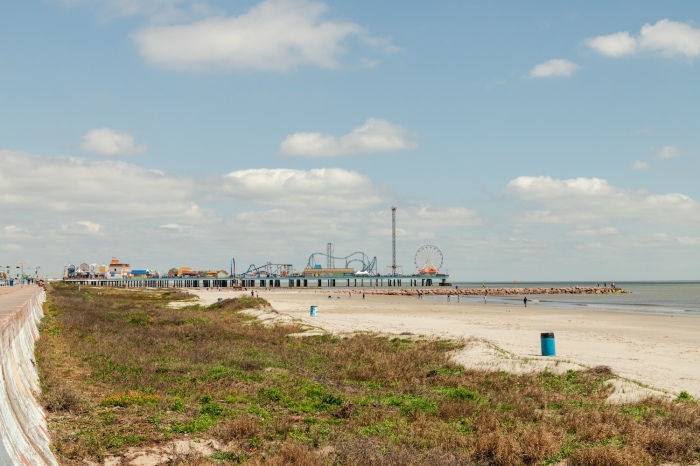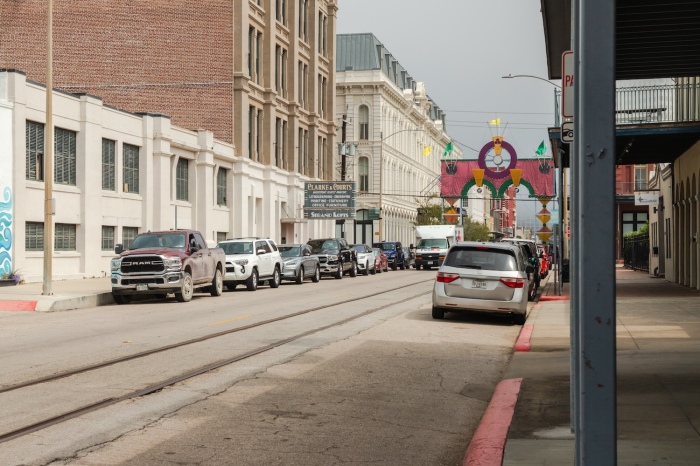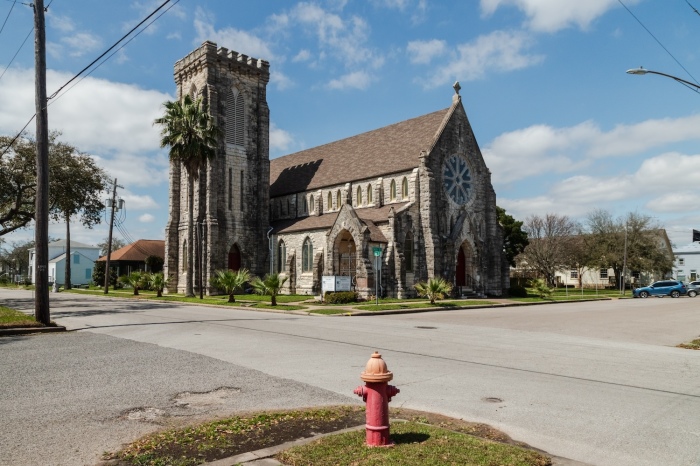

Published on: 04/06/2025
This news was posted by Eco-Friendly Homes
Description

I found myself here in Galveston on the Texas coast not long after President Donald J. Trump renamed the Gulf of America.
By almost any American context, Galveston is an old city.
Located about 52 miles from Houston, Galveston is a city and county on a 30-mile-long barrier island of the same name. Anyone who has ever taken a gulf cruise has probably come through the port.

Subscribe to get daily/weekly email with the top stories (plus special offers!) from The Christian Post. Be the first to know.
Once the largest city in Texas, the first real settlement here sprung up in the days of the Texas republic after it won independence from Mexico. In the late 19th century, this was also a major port for immigrants searching for a better life and their piece of the American dream.
But there’s a rich history here dating back even further to the days of Spain’s colonial empire. Galveston takes its name from Bernardo de Galvez, the Spanish colonial official who in 1786 ordered the first mapping of the Texas coast. Then there’s the infamous pirate Jean Lafitte, whose operation was based here from 1817 to 1820.
There’s virtually no sign of that past, save for a few houses, some churches and quite a few commercial buildings that date to the second half of the 19th century. In some cases, the facade is all that’s left, as the interior has been built and rebuilt a few times due to hurricanes, namely the Great Storm in 1900 that killed more than 10,000 people. Had it not been for that disaster — the deadliest disaster in U.S. history — Houston might have never become the fourth-largest city in the United States.

Today, Galveston instantly reminded me of a classic Rust Belt city somewhere in the Great Lakes or Upper Midwest.
Think brick and stone facades and landmark churches from across the predominately (and then-dominant) mainline Protestant spectrum. Many structures owe their continued existence to the decades of decline that kept them from being demolished and replaced by newer buildings. The philanthropy of local boy-turned-billionaire oilman George Mitchell unquestionably saved others.
While architecture enthusiasts will appreciate the streetscape, Galveston’s best asset is the island-city’s location directly on the Gulf of America.
And yet, there are few upscale hotels or resorts. Bizarrely, the Walmart store and fast-food restaurants like Wendy’s and Chick-fil-A occupy prime real estate locations that anywhere else, including straight across the gulf on the Florida coast, would consist of resorts and condos.
Many of the National Register of Historic Places-listed buildings are found in and around the Strand, as the five-block downtown around the cruise ship port is called. On the other side of the city is Seawall Boulevard, which runs along a massive concrete seawall built to save Galveston from a repeat of the 1900 hurricane.

The overall vibe is part tourist trap kitsch and part Key West or New Orleans French Quarter — especially during Madri Gras celebrations leading up to Shrove Tuesday and the start of Lent.
Noteworthy religious edifices include the antebellum Trinity Episcopal Church, Grace Episcopal Church with its high Victorian Gothic revival architecture, St. Patrick Roman Catholic Church and First Baptist Church, a relatively modern building that is modeled after St. Martin-in-the-Fields Church in London and the meeting house-style churches of New England.
If you go
Getting to Galveston is not as easy as competing destinations. The closest major airport, Houston’s George Bush Intercontinental Airport, is nearly 70 miles away.
I stayed at the Grand Galvez. The Marriott Autograph Collection hotel is a fine example of a grand hotel built around the turn of the last century. The best alternative is the San Luis Resort. Most other options are mediocre chain hotels, like a Holiday Inn and Holiday Inn Express. The best value is probably a short-term vacation rental from Airbnb or Vrbo.
Recommended restaurants include Katie’s Seafood House; Gaido’s, a family owned restaurant since its opening in 1911; and The Fancy inside Hotel Lucine.
Dennis Lennox writes a travel column for The Christian Post.
Dennis Lennox writes about travel, politics and religious affairs. He has been published in the Financial Times, Independent, The Detroit News, Toronto Sun and other publications. Follow @dennislennox on Twitter.
News Source : https://www.christianpost.com/news/travel-postcard-from-the-gulf-of-america.html
Other Related News
04/07/2025
By Ryan Foley Christian Post Reporter Monday April 07 2025iStockelvis901Idaho has taken ...
04/07/2025
By Christian Today Monday April 07 2025YWAM has said it is deeply sorry afterThe Observe...
04/07/2025
Fast-moving heavy rains are now bringing the threat of flash flooding to the East Among...
04/07/2025
A Latino family prays inside the Streets of Destiny Church in Phoenix Arizona The stateme...
04/07/2025












